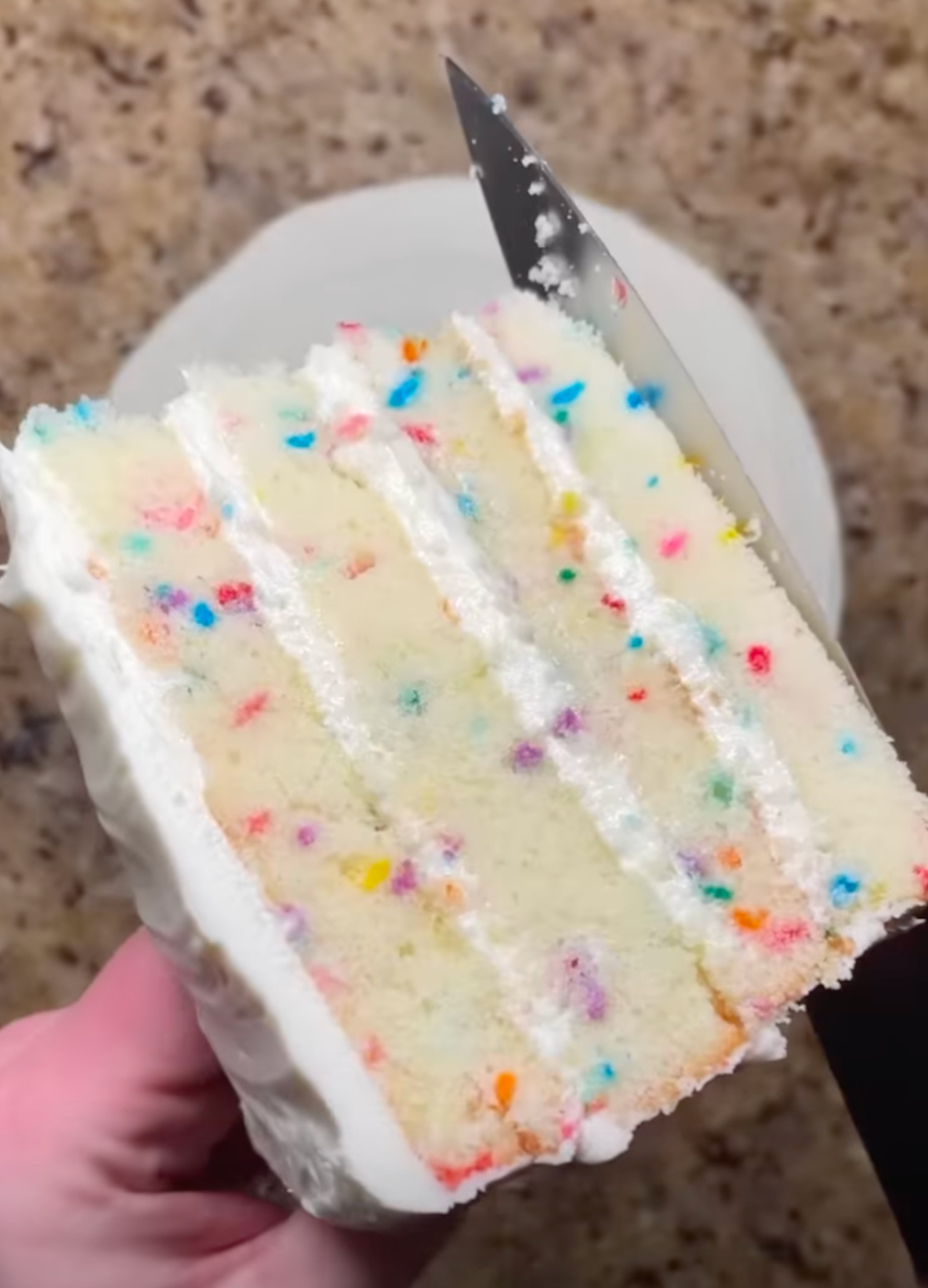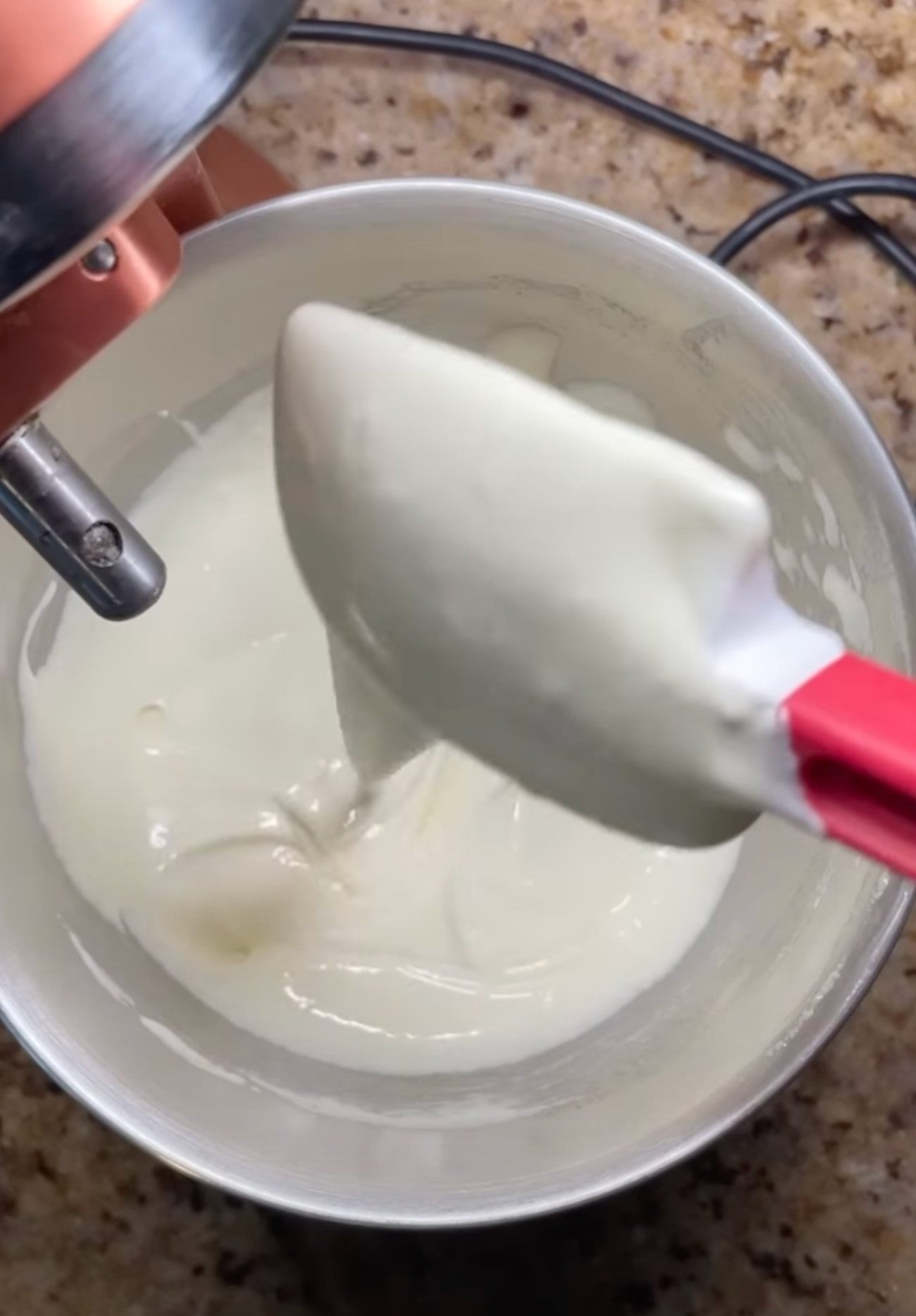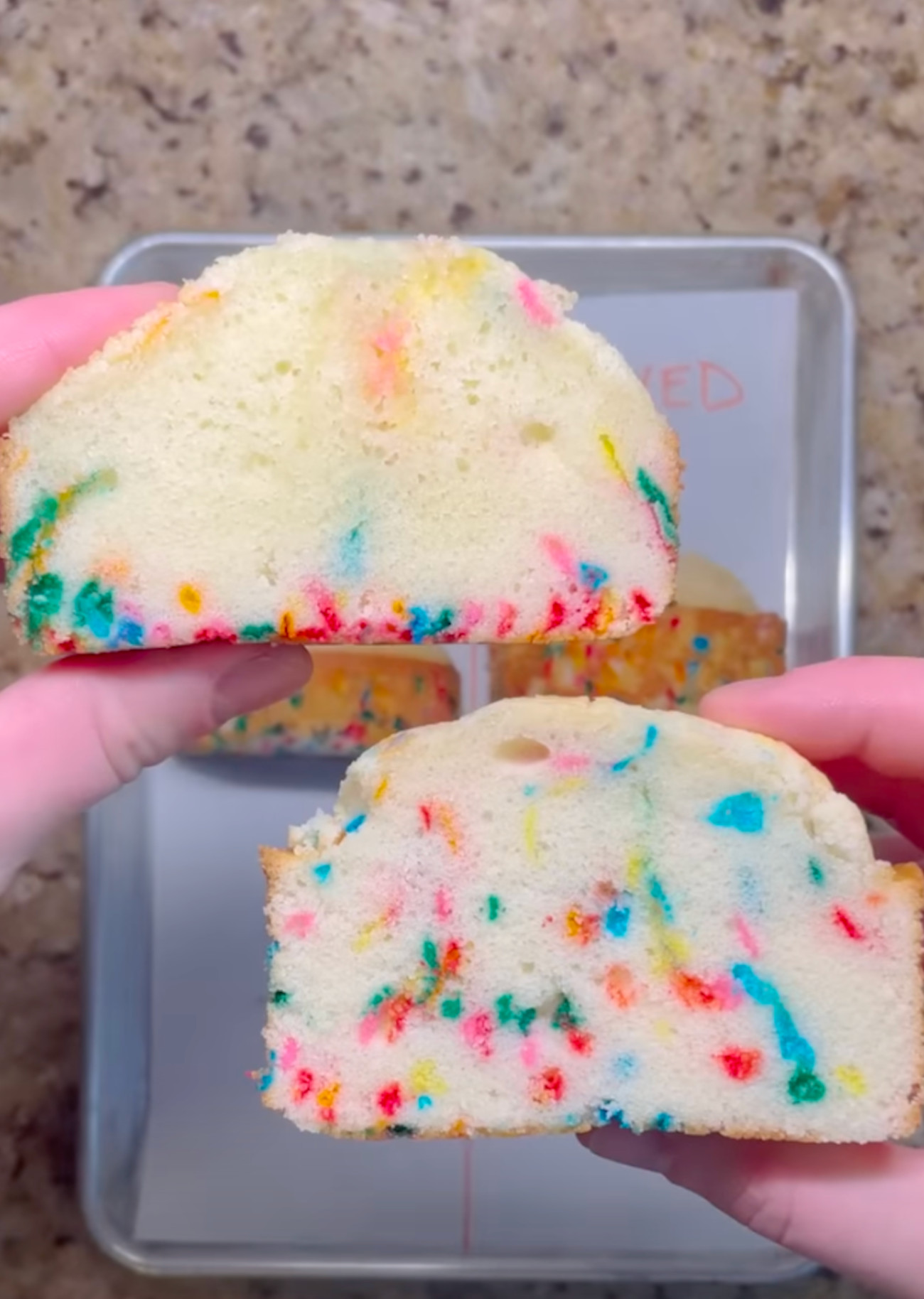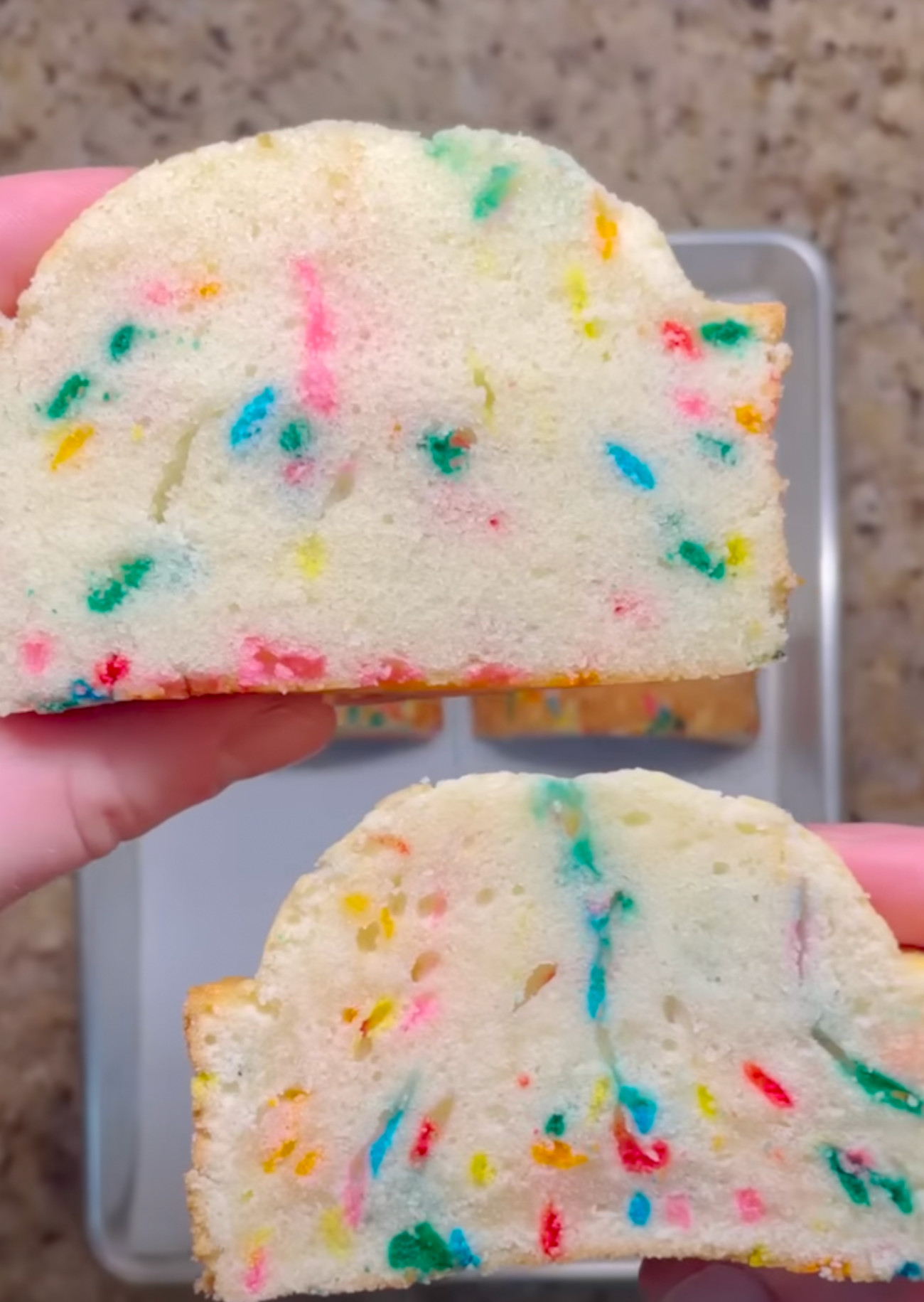Cake — it’s the show-stopping centerpiece of the dessert world, yet it’s a shame that making a cake is riddled with problems. Having a fluffy, tender crumb is far from easy, and more often than not, you make a cake that’s full of air pockets and holes. Well, here’s a surefire way to guarantee a hole-free crumb and have professional bakery-level results with any from-scratch recipe!

When it comes to making cakes, recipes don’t show you all the details you need to succeed. But this short video by bejaminthebaker gives you a good understanding of the cake-making process.

Mixing is vague, almost too vague, so Benjamin shows you just what happens when you under or over-mix.

Instead, the eggs and sugar should be beaten until the egg-sugar mixture is aerated, fluffy, and light in color. The same visual cues should be taken when you cream butter and sugar together.

With this confetti cake, mixing is crucial. In the image, the eggs and sugar are combined, but they are not mixed.

Beating air into the batter is crucial for achieving the right texture. The cake on the right has a nice light crumb with the sprinkles well distributed throughout the batter. However, the same doesn’t hold for the under-mixed cake. This one has a squat, flat appearance and a dense crumb. What’s worse is that the sprinkles are all on the bottom of the cake layer.

Mixing again becomes crucial when you’re adding the dry and wet ingredients to the batter. When the batter is mixed correctly, you get a delicate cake with a tall structure. Over mixed cake, it ends up tasting gummy and tough and has a shorter height.

Follow these visual cues when you whip up your next cake, and you’ll be surprised by the difference!













